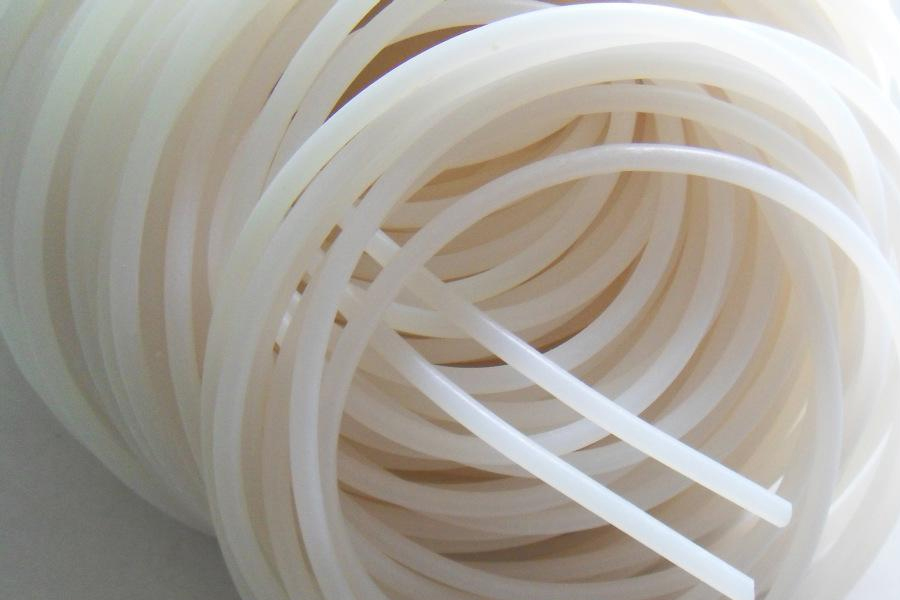Causes of shrinkage defects in lost wax aluminum casting:
1. Poor feeding effect of riser
2. The charge contains too much gas
3. Overheating near the inner runner
4. The sand mold has too much moisture and the sand core is not dried
5. Coarse alloy grains
6. Improper position of cast aluminum parts in the mold
7. The pouring temperature is too high and the pouring speed is too fast
Prevention method:
1. Add liquid metal from the riser and improve the design of the riser
2. The charge should be clean and free of corrosion
3. A riser is set at the shrinkage porosity of the casting, and the cold iron or cold iron and the riser are installed
4. Control the moisture of molding sand and dry the sand core
5. Take measures to refine the grain
6. Improve the position of the casting in the mold to reduce the pouring temperature and pouring speed.
Quality requirements for casting aluminum castings:
1. Casting speed: The casting speed of lost wax aluminum casting is directly proportional to the depth of the ingot liquid cavity. If the casting speed increases, the depth and temperature gradient of the ingot will increase, which will cause a section of the liquid cavity to appear at the bottom of the liquid cavity, resulting in greater shrinkage stress, and ultimately increasing the probability of hot cracks in the ingot. , So we should control the speed.
2. Casting temperature: A good casting temperature for lost wax aluminum casting will make the liquid metal maintain good fluidity, thereby reducing structural stress and preventing cracks. Generally, the casting temperature should be determined according to the type of material and the specifications of the ingot. If the temperature is not appropriate, it will increase the internal stress, causing cracks or cracks in the casting. Too low temperature is also not good, because this will cause defects such as cold barriers, slag inclusions, and even cracks on the surface of the ingot, and the most serious, will prevent the casting from continuing.
3. Liquid level: The position of the liquid level is also very important. If it is too low, the hot cracking tendency of the material will increase. If it is serious, it will affect the casting process. If the liquid level is too high, it will increase the degree of segregation of the ingot. Therefore, it is necessary to ensure that there is a suitable liquid level. Too high or low does not work.
4. Castings must not have defects such as cracks, cold barriers, sand holes, pores, slag holes, shrinkage porosity, and oxidation slag inclusion.
5. The non-machined surface of the casting should be smooth and straight, and the casting mark should be clear. After pouring and riser cleaning, it should be flush with the surface of the casting.
6. The castings should comply with the relevant regulations of GB/T6414 or GB/T11351 or the size and deviation required by the drawings or patterns provided by the buyer.
7. Castings must not be hammered, blocked or dipped to eliminate leakage.
